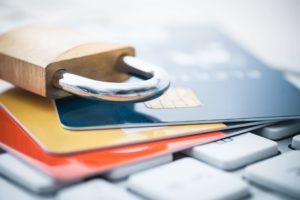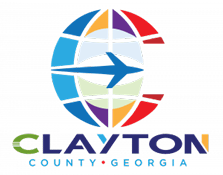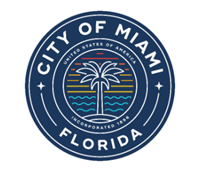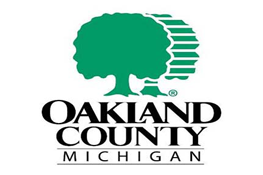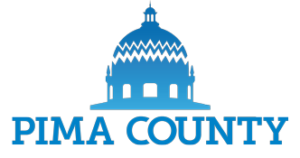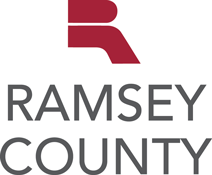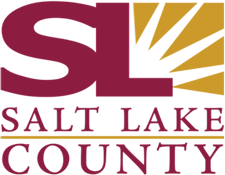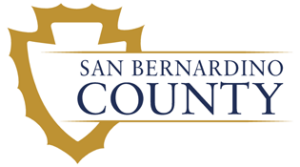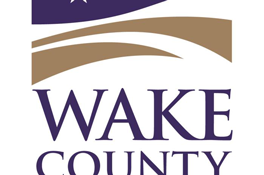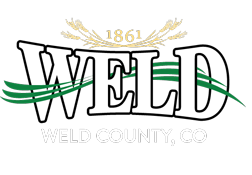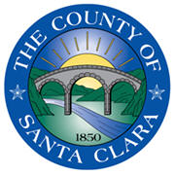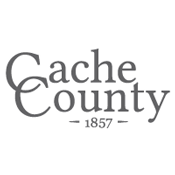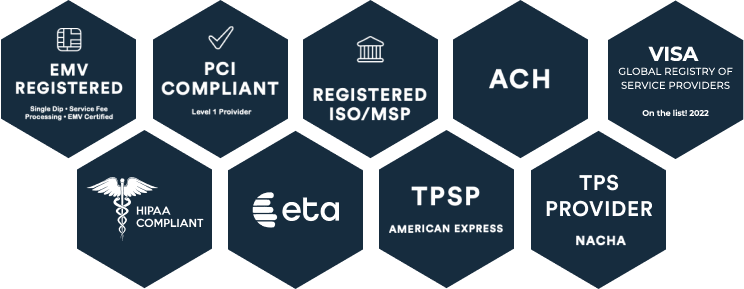An electronic billing system, or e-billing system, processes online payments as electronic bills and payment submissions. Citizens can submit payments on their electronic devices and the payments are sent directly to the government agency who originally sent a bill. The entire e-billing process refers to billing, payment collection, and notifications sent to both the recipient and sender.
While this is becoming a standard form of payment and billing in the business world, government organizations are often slower to adopt this technology. Still using traditional paper methods, government offices or departments struggle with streamlining processes.
Because of the increasing popularity of e-billing methods, it’s essential to understand how they can help your organization. This article will explain why e-billing has become so popular, how it works, and why you should incorporate it into your organization today.
What Is an E-Bill?
An e-bill (or an electronic bill) is a digital version of a traditional paper bill.
E-bills can replicate a traditional bill in appearance. They can also take advantage of online capabilities, including:
- A payment link
- Answers to frequently asked questions
- Additional resources recipients might find helpful
Why Local Governments Should Use an Electronic Billing System
In many government organizations, billing is one arena that tends to be stuck in the past. Even when migrating your other operational processes to digital software, your invoicing and payment processing system may still rely on outdated methods.
E-billing systems have been on the scene for many years now, and there’s a reason they’ve taken over paper methods. Their automated processes and systems:
- Expedite time to revenue.
- Are a better use of resources.
- Allow for better visibility.
- Increase security.
- Increase accuracy.
- Create a detailed history of online payments.
- Decrease the cost of processing payments.
- Increase citizen engagement by improving their experience.
What Is the Difference Between eBilling and eInvoicing?
People often use the terms e-billing and e-invoicing interchangeably, but they can signify different types of billing processes.
As explained previously, eBilling refers to electronically sending and paying bills online. eBilling is the more general term for electronic payment processes and all the steps involved.
eInvoicing, however, is often used to describe when an agency receives an electronic invoice for goods they purchased. E-invoicing is more specific than e-billing because it refers explicitly to the invoice document informing the resident of the amount of money they owe to the agency.
What Does ePay Mean?
ePay can either refer to the process of paying a bill electronically or to the payment processing system that sends out e-bills.
Paying bills digitally can open up a world of convenience that simplifies and encourages the transition from paper to virtual billing.
Who Should Use an eBilling System?
eBilling is an excellent option for any local government agency or organization interested in more efficient and money-saving billing strategies than traditional methods offer. Because of the speed, accuracy, reduced costs, and increased citizen engagement of eBilling, it is the ideal system for government entities and roles, such as:
- Chief Technology Officers (CTOs)
- Budget or finance teams
- Financial comptrollers
Why Is eBilling Becoming More Popular?
The average American spends 4.8 hours on their phone daily. They use their phones for recreation, communication, and conducting business. People are becoming accustomed to using their phone as a payment method. As an increasing number of businesses and organizations use online payment methods, more American citizens expect to be able to submit payments online.
Beyond cell phones, e-billing allows citizens to receive and pay bills through a variety of channels, including:
- Text messages
- Online portals
Sending a bill electronically increases the likelihood that people will see them. Notifications through email or texts appear on your residents’ mobile devices. Scheduled reminders and quick-functioning websites encourage and allow them to pay their bills promptly.
Breakdown of the E-Billing Process
The e-billing process is almost effortless, thanks to electronic billing systems that handle most of the work. Here’s how the process typically works:
- The electronic billing system automatically creates a bill or invoice, or someone manually enters the information into the online platform.
- The system sends a bill or invoice electronically to the citizen. They receive a notification via text or email with a link for submitting a payment.
- The citizen can review the bill information and submit their payment electronically.
- The electronic billing system notifies the agency that sent the bill that it’s been paid. The agency can review it to ensure it was paid correctly and in full.
- If the citizen doesn’t pay, the system will send them regular reminders asking them to pay before the deadline.
- The payment record and the invoice or bill are recorded electronically for future reports. Agency employees needing to see payment history for auditing purposes can access the records at any time. This also allows agencies to detect payment patterns in the demographics of citizens.
The Top 3 Benefits of an Electronic Billing System for Government Organizations
Integrating an electronic billing system into your organization is seamless and convenient. You’ll immediately see the advantages of consistency and flexibility.
Here are the top three benefits of using an e-billing platform.
1. Increased Visibility
Monitoring cash flow is critical for your community, and a centralized, secure platform provides complete insights. Many e-billing systems can generate reports, track citizen payments, display historical data, and offer payment-related resources.
With a clear and extensive record of payment histories, your organization can detect when patterns occur in specific demographics. This detection allows your organization to plan and take preventative measures to ensure a steady cash flow into your organization.
The system also improves the visibility of bills for your constituents. Implementing an electronic billing system makes it easier for them to pay on time and avoid fees when leveraging features like automatic reminders and auto/recurring payments.
2. Faster Payments
Overdue payments can lead to budgetary roadblocks and operational interruptions. An electronic billing system makes the process much simpler and more efficient because e-billing decreases the time between when an organization sends the bill and when the citizen receives it. E-bill payment encourages and reminds recipients to pay on time via auto-pay options.
3. Enhanced Accuracy
Accuracy in a billing department is essential in any entity. When you process billing manually, the risk of errors in data entry calculations increases significantly. Manual billing can also leave you vulnerable to fraud and theft. Electronic billing is secure and reliable.
With billing errors, payment problems, or a security failure, you compromise the trust between your government agency and your constituents. You can’t afford to lose this trust.
Streamline Your Billing Process with CORE
When you’re ready to make your billing process more efficient than ever, we can help you with the switch. CORE’s Electronic Bill Presentment & Payment Services (EBPP) make it easy for any organization to transition from paper to an electronic billing system.
To keep pace with the rapidly evolving expectations of consumers across a wide range of demographics, we offer the following payment solutions:
Learn how to meet citizens’ needs in today’s experience economy.





